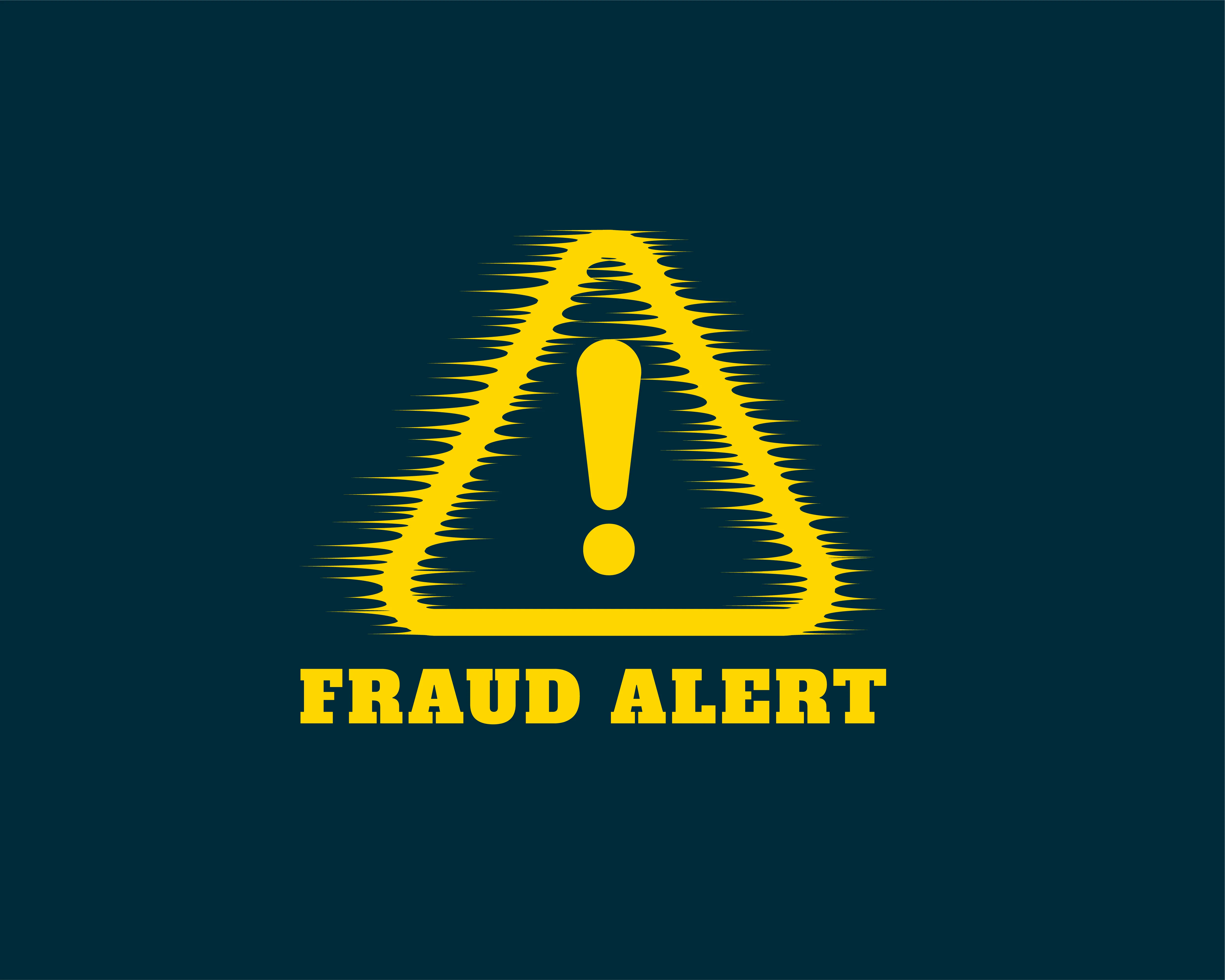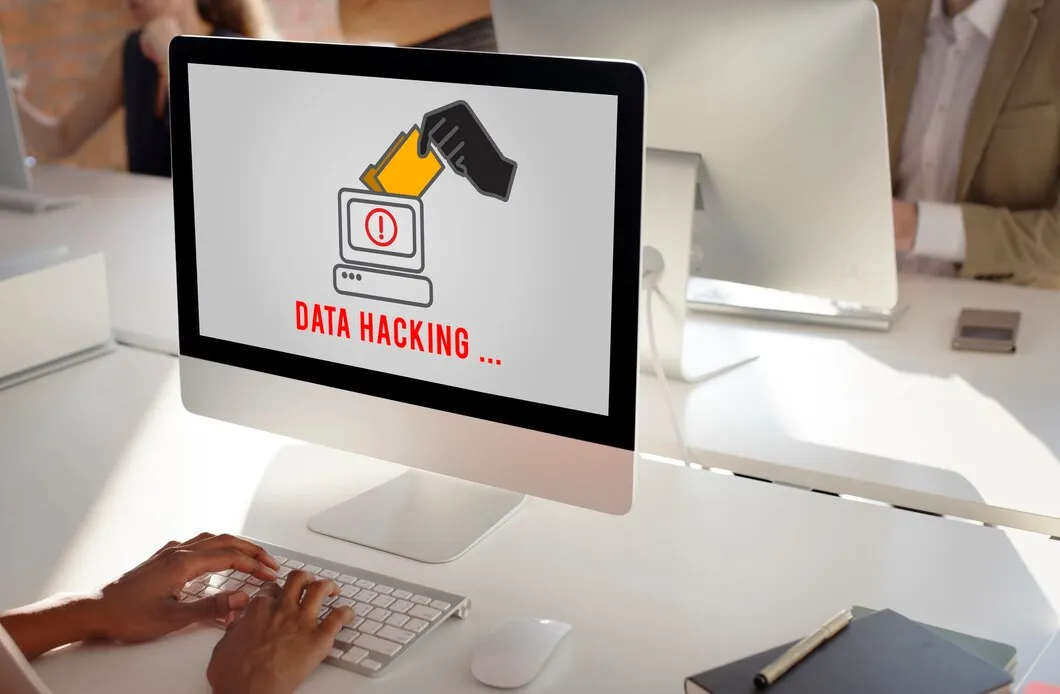Scam Alert: USPS Texts Targeting Your Personal Info-Stay Safe Online

In the digital age, e-communications have become an integral part of our daily lives. As their popularity has grown, so has the risk of fraud, particularly online. One of the latest threats is fraudulent messages that try to look like legitimate ones. In particular, messages from delivery services such as the United States Postal Service (USPS). Scams of this magnitude naturally generate a wave of not only concern but also fear among users. Therefore, this article is dedicated to understanding the nature of such fraud, and its disclosure, and offering practical advice on how to protect yourself from this type of danger.
Why the USPS?
One of the most common methods used by scammers is to send emails and SMS messages that try to copy as closely as possible the way the United States Postal Service provides information. Why the USPS - this is a question that may sometimes arise. Does USPS text you? This service was chosen for a reason. It is used by millions of people, so its credibility is extremely high. Fraudsters want to take advantage of this in the most unscrupulоus way possible to fraudulently obtain sensitive and personal information.
Such messages may contain info about the arrival of a package or the need to pay additional fees for re-delivery. And to make sure you, as a user, don't have any questions, fraudsters try to mimic the official logo, message language, and design style to look like legitimate USPS representatives. This makes their messages or the fake USPS website hard to distinguish from the real ones, which makes users more likely to provide personal information.
That is why it is not uncommon for users to receive SMS messages that look like messages from the United States Postal Service. Below we will talk in more detail about how not to fall for the scam, but right now, every user should think about whether USPS sends texts about packages and how USPS scam text message can affect the user's further well-being. USPS tracking scams and USPS tracking text messages have become widespread because such shipments have become almost a daily and routine thing for many users. So, using this, fraudulent messages work in such a way that they can contain a link to a phone number or website with which scammers try to hack the recipient's personal information.
Suspicious Emails and Websites Claiming to Be from the USPS
Another common type of scam is sending emails that look like they are official messages from the United States Postal Service. In such emails, you can often read demands for immediate action. In particular,
- clicking on a link to make a payment,
- or entering personal information to receive a parcel.
In such cases, when you are asked to do something immediately and any personal data is involved in such a request, you need to take your time, stop, take a breath, and think calmly.
Does the USPS really send text messages about packages or ask for personal information through emails? This is a question that should be answered in the negative. USPS never asks for personal information through emails or SMS messages. Therefore, be as careful as possible and do not respond to these types of messages.
Consequences of Providing Personal Information
One of the most serious consequences of providing personal information to fraudsters is the possibilіty of identity theft. Once in the hands of fraudsters, personal information is typically used to open fake credit cards, and bank accounts, or even make financial transactions without your authorization.
Among the common specific scenarios of using stolen personal data, the following are unfortunately popular:

-
Opening bank accounts in your name
This is done without your knowledge. After that, fraudsters can use them for money laundering and other illegal activities.
-
Opening fake credit cards
Fraudsters can use your personal name, address, and social security number to open credit cards in your name. These fake cards are then used to make purchases and withdraw cash, causing large financial losses to the victim.
-
Conducting illegal financial transactions
Fraudsters may use your bank details to pay for their services, transfer money, or even invest.
Each of these scenarios can cause serious financial problems for the victim. For this reason, it is extremely crucial to always be as cautious as possible and protect your personal data online.
How to Protect Yourself from Such Fraud
In fact, there is more than one way to check the authenticity of something and protect yourself. However, the common feature of all of them is that you have to want to do it, and always be careful and balanced in such matters.
-
Before responding to any suspicious message, check its authenticity.
Specifically, make sure that the email or SMS message has the correct contact information for communication with the USPS.
-
Always check the website URL before entering personal information or making payments.
Remember that the safest way to communicate with the United States Postal Service is through their official website and a registered phone line.
-
Do not share personal data through unverified communication channels.
In particular, do not share personal info through emails, SMS messages, or social media that have nothing to do with the official delivery service.
- Carefully look at the structure of messages and pay attention to whether the grammar is suspicious.
- Quite often, fraudsters use a low-quality speech style. There are also grammatical errors in their messages.
- Be on the lookout for any unusual or incorrect points in the messages, as this may indicate that they are fraudulent.
- Always check that you are communicating with authorized representatives of the delivery service.
- Use anti-virus software.
-
Keep your software up to date. Specifically, make sure that your software and operating system are always updated to the latest version.
In fact, this is very important, as fraudsters often use vulnerabilities in outdated versions to hack into systems and steal information.
- Don't forget about spam protection. Special programs can help detect scammers and block suspicious messages before they reach your device.
- Describe any suspicious incidents.
For example, if you receive a suspicious message from the USPS or any other organization, report it to the appropriate support services and, if possible, law enforcеment. Share as many details of the incident as possible so that other users can be warned and be more selective in their actions.
Conclusion
Protecting yourself from online fraud, including fraud associated with well-known official services or websites, is an extremely critical issue for all Internet users. After all, fraudsters are constantly improving their methods. This is why it is essential to be always vigilant, attentive, and as cautious as possible. Remember that the United States Postal Service and other similar services will never ask for personal data via emails or SMS messages. In case of any doubt, always verify the authenticity of the message and contact the appropriate parties directly for confirmation. Keep your personal information safe and exercise caution.